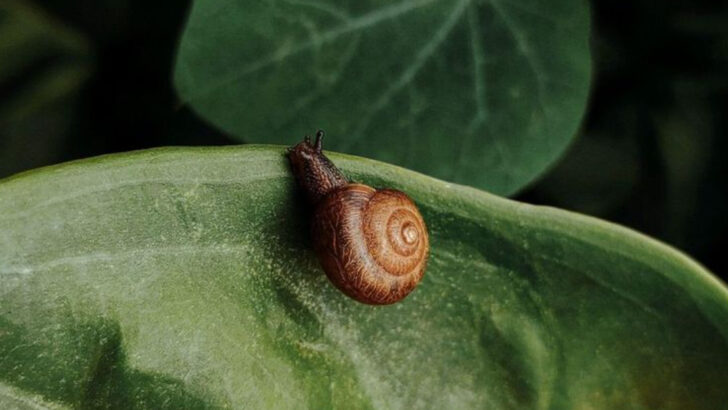Sometimes, survival is slow. Painfully slow.
We’re talking hours to move a few feet—while predators lurk nearby, drooling and deadly.
Yet somehow, these creatures pulled it off.
No fancy escape moves. No lightning-fast reflexes. Just grit, luck, and the art of staying calm while crawling through chaos.
Some inched.
Some oozed.
Some didn’t even look like they were moving at all.
Still, they made it.
They outwitted claws, jaws, and nature’s cruel stopwatch—proving that fast isn’t the only way to stay alive.
These are the slowpokes with serious survival stories.
Ready to meet the bravest slugs, turtles, and barely-moving wonders on Earth?
Three-Toed Sloth
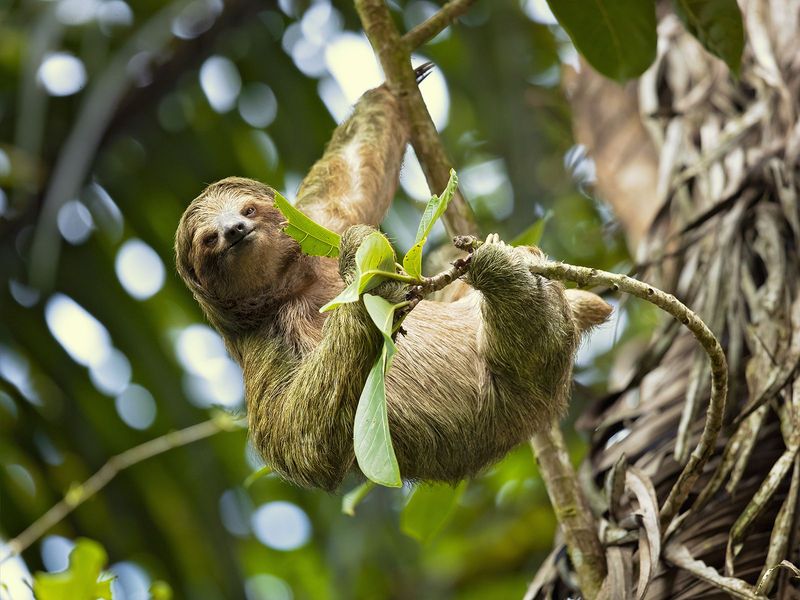
The three-toed sloth is the epitome of leisure, spending most of its life hanging upside down in the trees of Central and South America’s rainforests. This slow-paced mammal moves at a snail’s pace, taking hours to travel a mere few feet.
Its languid movements are not a disadvantage; rather, they help it avoid detection by predators like harpy eagles and jaguars. Furthermore, algae grow on its fur, providing excellent camouflage. Did you know? Despite their sluggish nature, sloths are excellent swimmers. They might look like they’re in no hurry, but their survival strategy is a testament to nature’s marvels.
Galápagos Tortoise

The Galápagos tortoise’s leisurely pace is a sight to behold. Native to the Galápagos Islands, these gentle giants can live over 100 years, spending their days plodding along at a rate that would make snails look speedy.
Their slow gait isn’t a disadvantage; it has allowed them to survive on sparse vegetation, conserving energy. When threatened, their massive shells provide protection from predators. Fun fact: These tortoises can survive for up to a year without food or water, thanks to their slow metabolism. Living life one slow step at a time has truly paid off for these ancient creatures.
Banana Slug
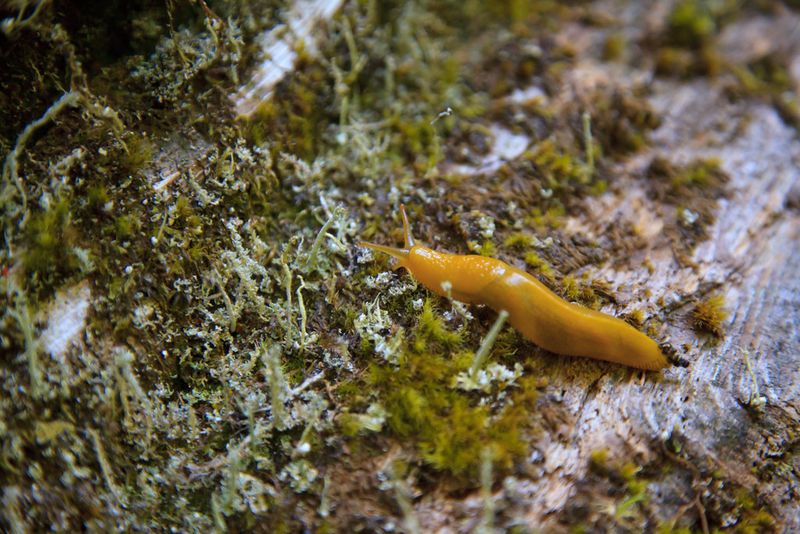
Found in the damp forests of North America, the banana slug is a master of slow movement. With its bright yellow hue resembling a ripe banana, it inches its way across the forest floor, often taking hours to cover a short distance.
This mollusk’s leisurely pace is a clever survival strategy, minimizing energy expenditure while avoiding predators like raccoons and birds. Its slime contains anesthetic properties that deter threats. An intriguing tidbit: banana slugs play a vital role in the ecosystem by decomposing plant matter, proving that slow and steady can indeed win the ecological race.
Giant Panda
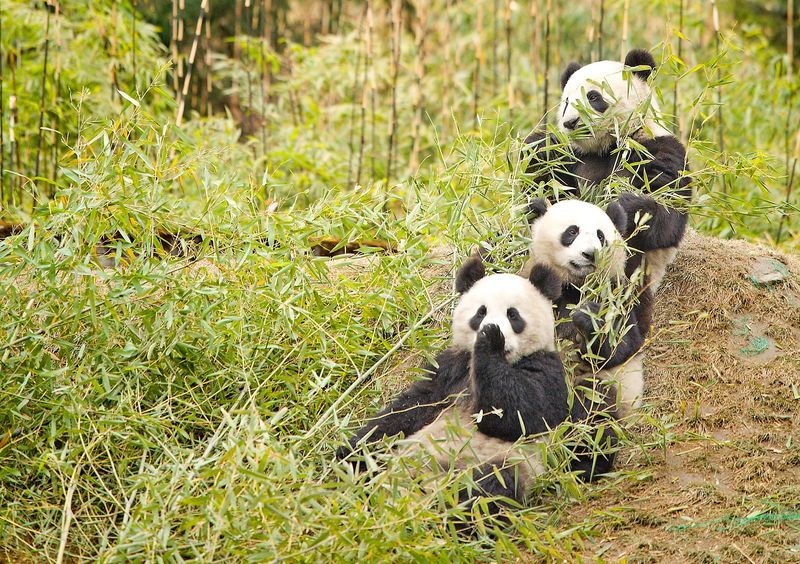
The giant panda, an icon of conservation, is known for its serene demeanor and slow movements, particularly when clambering through bamboo forests. Native to China, these gentle giants spend their days eating bamboo, moving at a relaxed pace.
Their slow lifestyle is an adaptation to their low-energy diet. With few natural predators, their leisurely life is rarely threatened. Did you know? Despite their slow ground movement, pandas are proficient climbers and swimmers. Their unique ‘thumb’ helps them grip bamboo, a testament to their specialized evolution. Slow living never looked so endearing.
Starfish
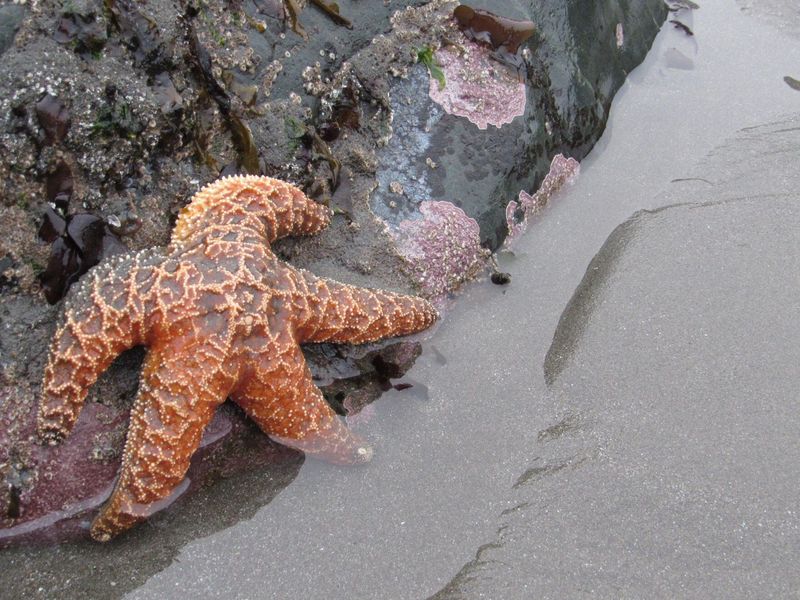
Starfish, or sea stars, are fascinating marine creatures found in oceans worldwide. Their slow, graceful crawl across tidal pools and ocean floors is mesmerizing, taking hours to move mere inches.
This leisurely pace is not a drawback; rather, it aids in their search for food like clams and mussels. With few predators and a unique ability to regenerate lost arms, starfish are well-adapted to their environment. Fun fact: Starfish have an eye spot at the end of each arm, allowing them to sense light and dark. Slow and steady truly rules the sea for these stars.
Garden Snail
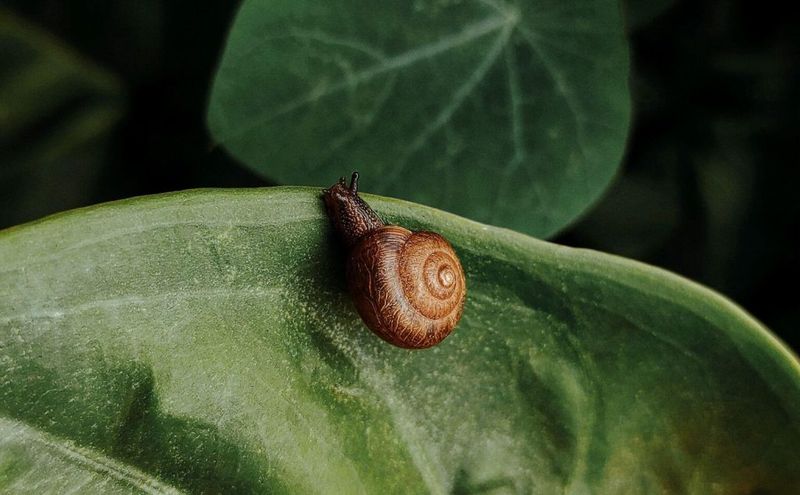
The garden snail is a common sight in gardens worldwide, embodying the essence of slow movement. With its spiral shell and slimy trail, it takes its time crossing garden paths, often spending hours to move a short distance.
This unhurried pace helps it conserve moisture and energy, essential for its survival. When threatened, it retracts into its shell, a perfect defense against predators like birds and small mammals. Did you know? Garden snails have a radula, a tongue-like organ with tiny teeth, to scrape food. Slow but sure, these snails navigate their world in their own time.
Manatee
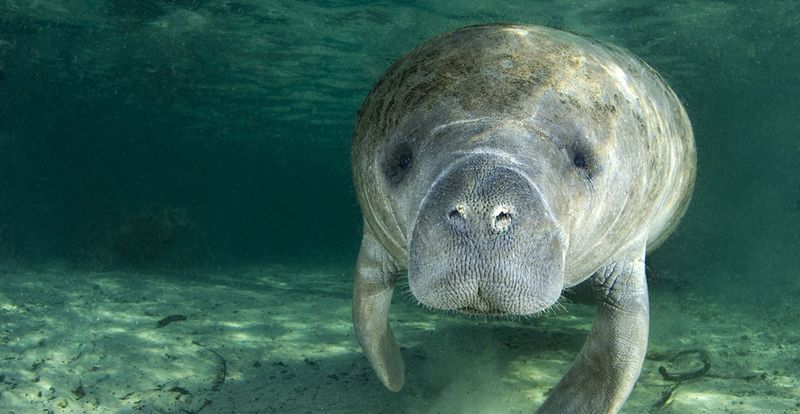
The manatee, often called the sea cow, is a gentle marine mammal found in warm coastal waters. Its slow, serene movements through water are captivating, as it navigates shallow coastal areas and rivers.
This leisurely pace is perfectly suited to its herbivorous diet, mainly consisting of seagrass. With few natural predators and thick skin, manatees enjoy a peaceful existence. Interesting fact: Manatees need to surface every few minutes to breathe, yet they can hold their breath for up to 20 minutes. These majestic creatures embody the art of slow, graceful living.
Koala
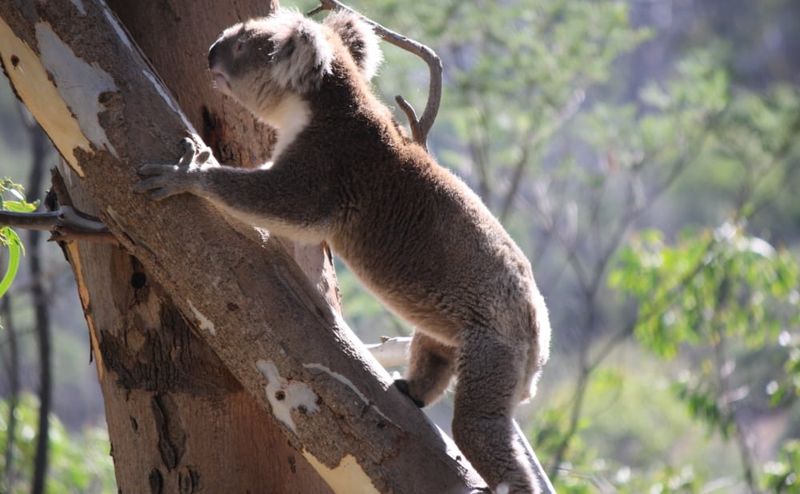
Koalas, native to Australia, are known for their sleepy demeanor and slow movements as they clamber through eucalyptus trees. Their diet of eucalyptus leaves provides little energy, dictating their languid lifestyle.
Koalas sleep up to 20 hours a day, conserving energy and avoiding predators like dingoes. Their gripping paws are perfectly adapted for tree climbing, adding to their survival toolkit. Did you know? Koalas have a unique digestive system that detoxifies the poisonous compounds in eucalyptus leaves. These adorable creatures have perfected the art of slow, peaceful living in the treetops.
American Woodcock
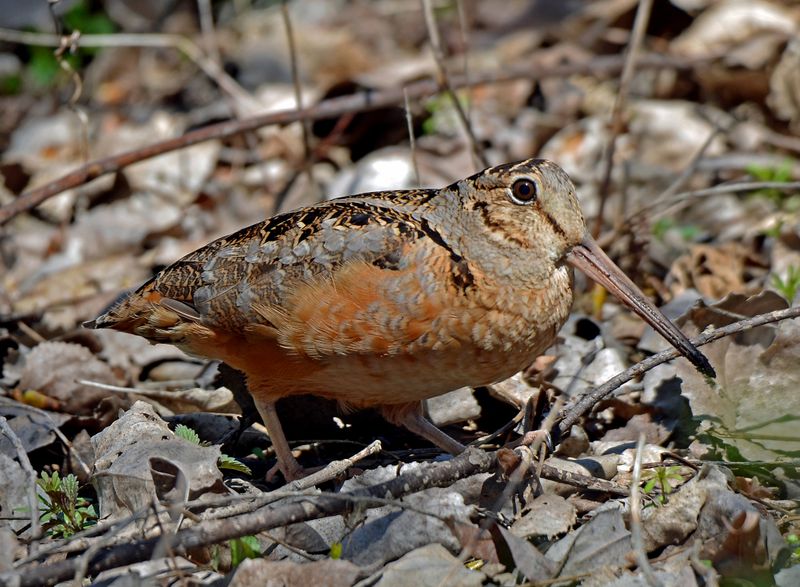
The American woodcock, a bird with a peculiar gait, is often found in the damp woodlands of North America. Its slow, deliberate dance is a courtship display, involving rhythmic steps and pauses.
This unique movement helps it blend into the forest floor, avoiding predators like hawks. An interesting tidbit: the woodcock’s eyes are located high on its head, giving it near 360-degree vision, a handy adaptation for spotting danger. Though its pace is slow, this bird’s life is a fascinating blend of rhythm and survival.
Lemur
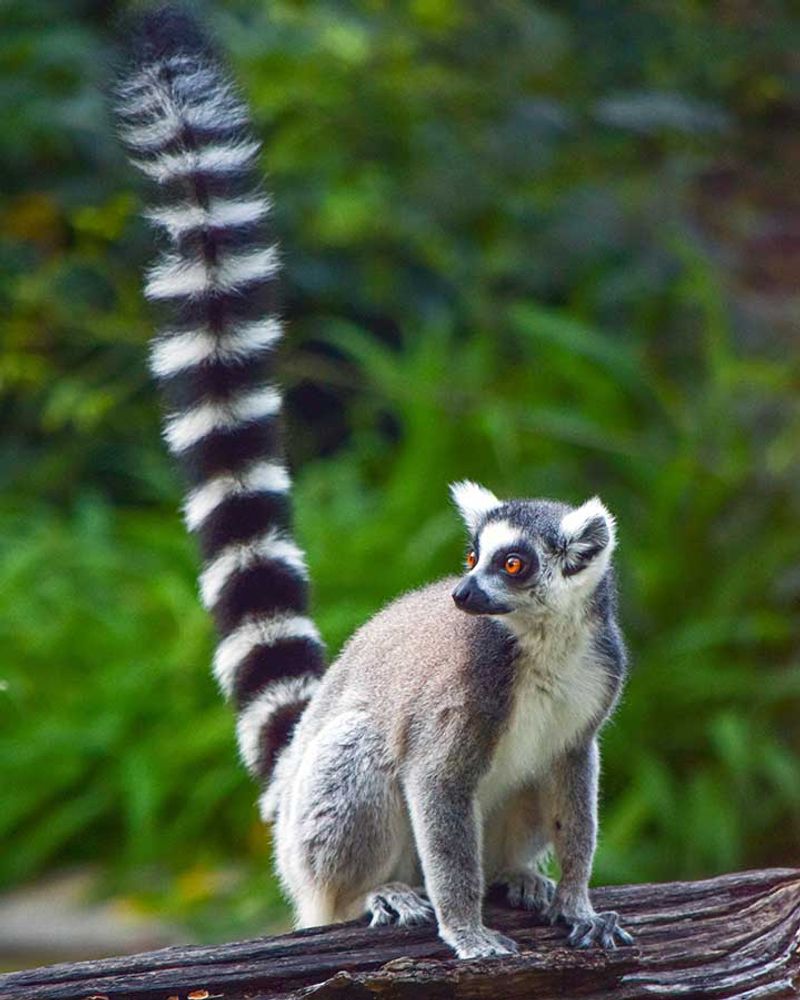
Lemurs, particularly the ring-tailed variety, are primates found only on Madagascar. Known for their social behavior, they move slowly through the treetops, taking time to bask in the sun and groom each other.
Their slow pace is a strategy to conserve energy in a habitat with fluctuating food availability. Fun fact: Lemurs communicate with a variety of vocalizations and scent markings. Their social bonds and unique adaptations make them one of the island’s most intriguing inhabitants. Life in the slow lane suits these charismatic creatures perfectly.
Giant Clam
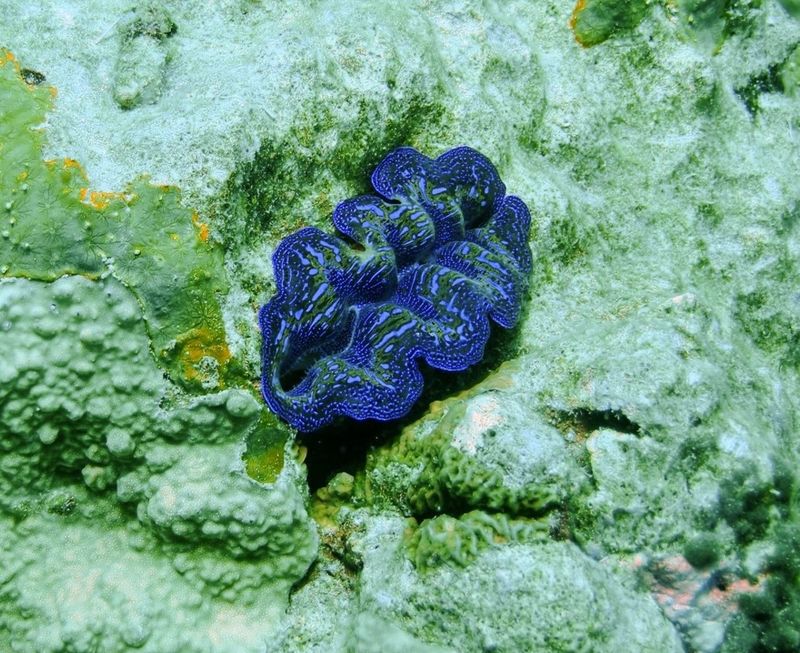
The giant clam is an impressive mollusk found in the warm waters of the Pacific and Indian Oceans. Anchored to coral reefs, it spends its life filtering plankton with its siphons. Its slow growth and immobility might seem disadvantageous, but its large size deters many predators.
Interestingly, giant clams rely on symbiotic algae living in their tissues for nutrition, a partnership that sustains their leisurely lifestyle. Did you know? Some giant clams can live over 100 years. This majestic mollusk illustrates that slow and steady can also mean enduring and majestic.
Slow Loris
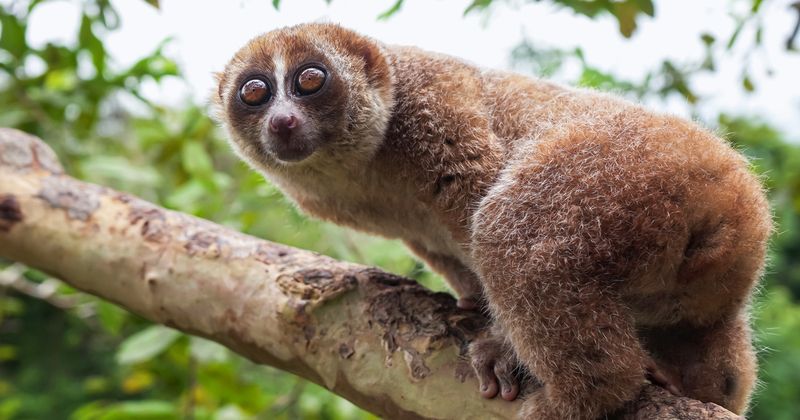
The slow loris, with its wide eyes and gentle demeanor, is a primate native to Southeast Asia. Its slow, cautious movements through the rainforest canopy are a survival tactic, making it less noticeable to predators like snakes and birds of prey.
The slow loris has a unique defense mechanism: its bite is venomous, a rare trait for a mammal. Did you know? This nocturnal creature communicates with ultrasonic calls, inaudible to human ears. In the delicate balance of the rainforest, the slow loris exemplifies how unhurried movements can lead to a life of stealth and surprise.
Sea Cucumber
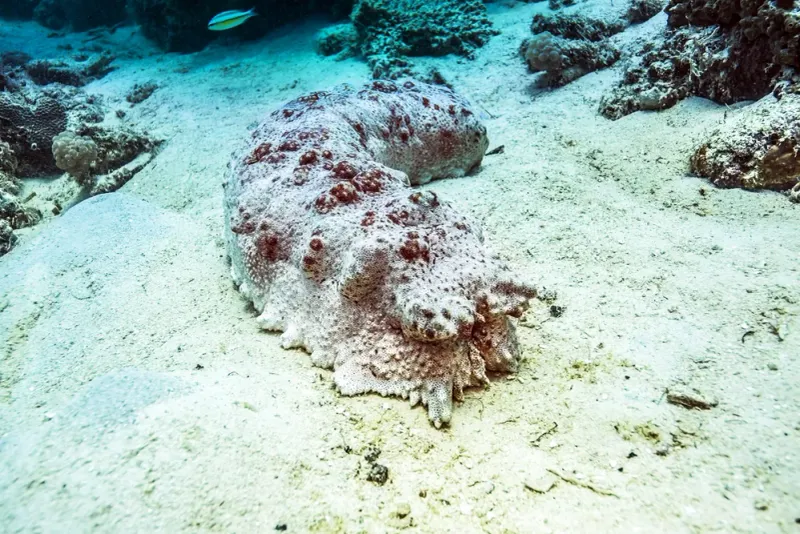
Sea cucumbers, found in oceans worldwide, are fascinating echinoderms known for their slow, crawling movements along the seabed. They play a crucial role in marine ecosystems by recycling nutrients as they feed on detritus.
Their slow pace aids in energy conservation, vital for survival in nutrient-sparse deep-sea environments. Intriguingly, some species can expel their internal organs as a defense mechanism, regrowing them later. Did you know? Sea cucumbers breathe through their anus, a unique adaptation in the animal kingdom. These mysterious creatures thrive in the ocean’s depths, embodying the resilience of slow movement.

